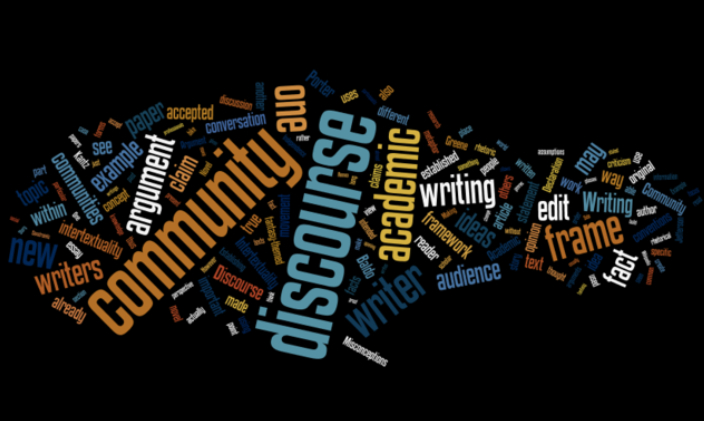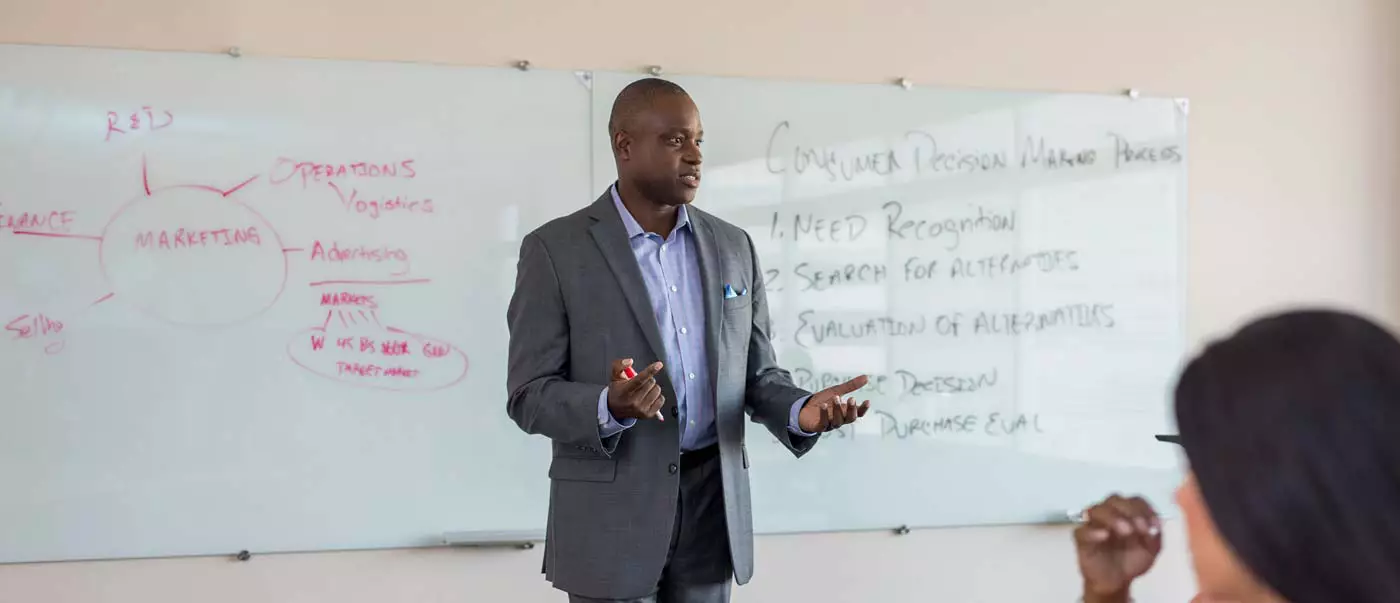Overcoming Challenges and Promoting Strategies for Mastery of APA Formatting

Author: Pamela Ann Gordon, Ph.D.
The scholarly way
Learning how to write in a scholarly fashion is like learning any other skill set. A student might review what others wrote and study that style or read “how-to” books on scholarly writing. Until a manuscript is produced incorporating a structured, scholarly, formatting style, however, it remains uncharted territory. APA formatting style is used in academic writing and publishing in the social sciences discipline to format and organize written work (APA, 2020). The American Psychological Association first mentioned a writing style in a 1929 journal article (APA, 2020). Various revisions in the Manual evolved since that original article to reflect changes in writing standards and as of 2024, the 7th edition of the APA Manual is the current version.
Embraced by scholarly writers as a guideline to standardize a document’s presentation structure, APA formatting is literally viewed as a continuing nightmare by novice writers. Students express a variety of excuses while attempting to justify reluctance in following the guidelines listed in the APA Manual: too many different rules; not all journal publishers or universities and colleges use APA as the designated style; not enough examples provided in the Manual; and too many sources, such as library database sources and citation generators, use formatting that is not APA or use older editions of APA formatting (Preiss & Gordon, 2024).
The realities of writing and engagement
University of Phoenix graduate students and doctoral learners are required to use APA (7th ed.) formatting for all scholarly work (UOPx, 2024). The challenge arises when students return to school after a lengthy hiatus or have less than foundational knowledge due to never fully learning the APA formatting style during previous scholastic endeavors. Many students bravely attempt a time-consuming marathon of reading the APA Manual like a novel, which proves to be an ineffective method since the 427-page tome is not exactly a riveting read.
The worst case scenario occurs when a student chooses to ignore the guidelines altogether, which may result in instances of intentional or unintentional plagiarism. The bottom line is that even if the student demonstrates a solid understanding of the presented content, errors in formatting lessen the overall quality of the work (Hughes et al., 2017).
Incorporating a variety of resources helps students build a foundation of knowledge regarding the formatting process. Mandernach et al. (2016) suggested instructors implement a combination of direct teaching, internet resources, and feedback on students’ hands-on work. A unique learning strategy involves the use of screencasts which rely on instructor narrated videos with screen capture. Fallon et al. (2018) noted that combining screencasts with students creating custom, personalized templates offer a constructive system for learning APA formatting.
Another popular strategy is behavioral programmed instruction. This method “involves criterion-based progression through self-paced learning materials wherein the learner can check for the correct answer after responding and respond again if necessary” (Parry-Cruwys et al., 2022, p. 1167). Like all methods that encourage understanding and learning, the best approaches are a blending of theory and experiential application that empowers students with knowledge and self-confidence.

Encouraging students to embrace an engagement mindset to mastery of APA formatting is a challenge. Ensuring learners gain a thorough understanding of APA guidelines requires time and practice. It is important that students realize how the commitment to learning APA formatting prevents plagiarism and instances of academic dishonesty. An instructor's focus on strategies to provide students with a value-added set of tools and resources certainly makes the learning process more efficient and effective.
To read more on this topic, read this author's whitepaper APA Formatting: Promoting Integrity and Structure.
References
American Psychological Association. (2020) Publication manual of the American Psychological Association (7th ed.). Author.
Fallon, M., Mahon, M. A., & Coyle, M. (2018, October). Watching screencasts help students learn APA format better than reading the manual. Teaching of Psychology, 45(4), 324-332. DOI: 10.1177/0098628318796415.
Hughes, J. L., Brannan, D., Cannon, B., Camden, A. A., & Anthenien, A. M. (2017, Fall). Conquering APA style: Advice from APA style experts. Psi Chi Journal of Psychological Research, 22(3), p154-162. DOI: 10.24839/2325-7342
Mandernach, J., Zafonte, M., & Taylor, C. (2016). Instructional strategies to improve college students’ APA style writing. International Journal of Teaching and Learning in Higher Education, 27(3), 407-412.
Parry-Cruwys, D. E., Guinness, K. E., Atkinson, R. S., Domozick, K., Escobar, A., & MacDonald, J. M. (2022, November). Using behavioral instruction to teach American Psychological Association citation formatting. Behavioral Interventions, 37(4), 1166-1180. DOI: 10.1002/bin.1904.
Preiss, A., & Gordon, P. A. (2024). APA formatting: Promoting integrity and structure [White Paper]. University of Phoenix Research Hub. Add URL when published
University of Phoenix. (2024). University of Phoenix 2024 faculty handbook. https://multimedia.phoenix.edu/faculty-resources/resources/2023-faculty-handbook-2/
ABOUT THE AUTHOR
Pamela Ann Gordon, Ph.D.
Pamela Ann Gordon, PhD, resides in South Florida and earned her Ph.D. in Business Administration with a specialization in Management from Northcentral University. She is a staff doctoral instructor at University of Phoenix in the College of Doctoral Studies.